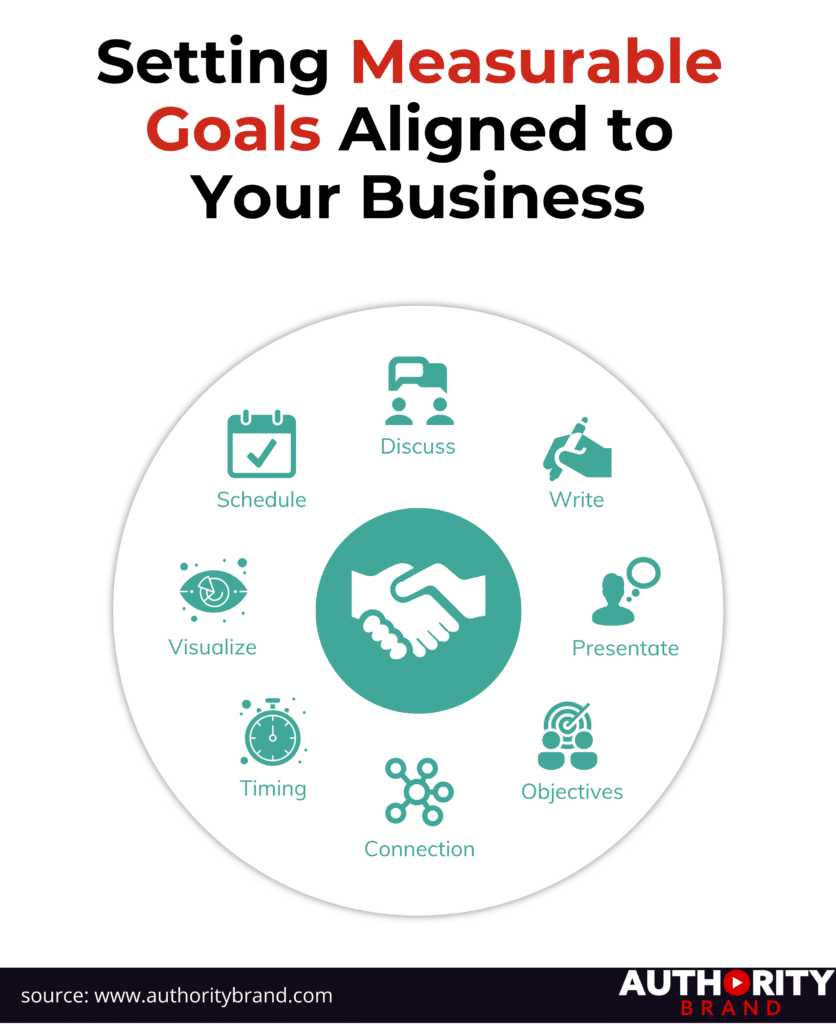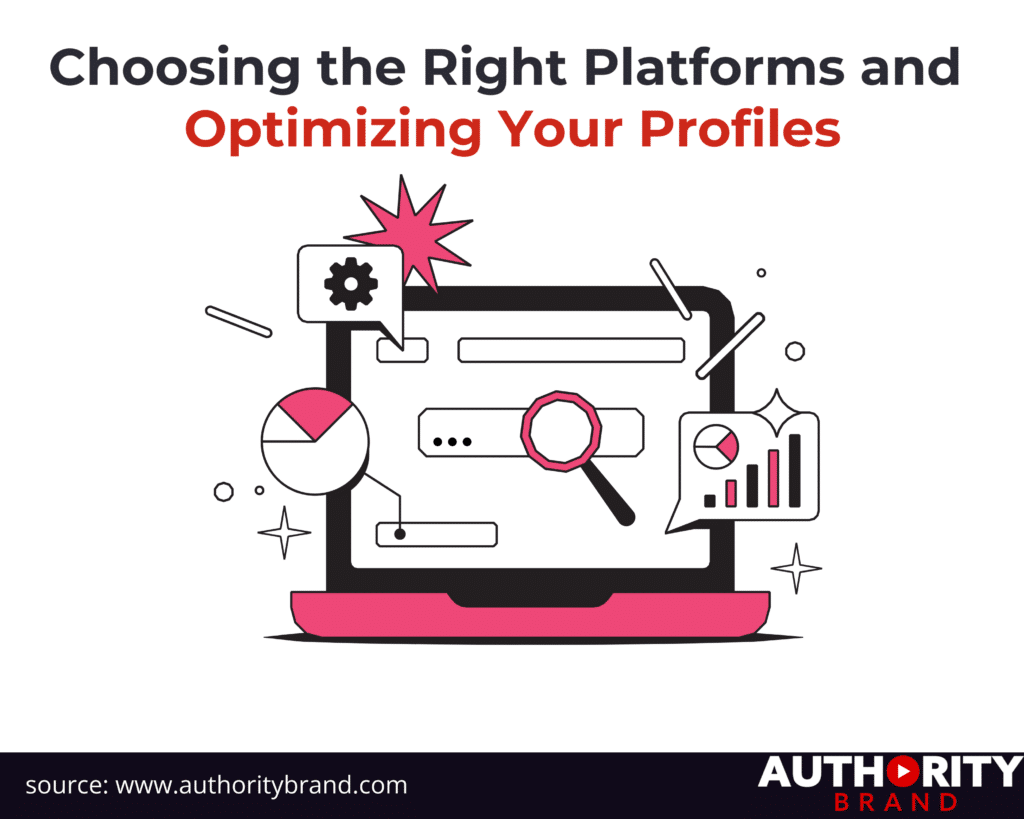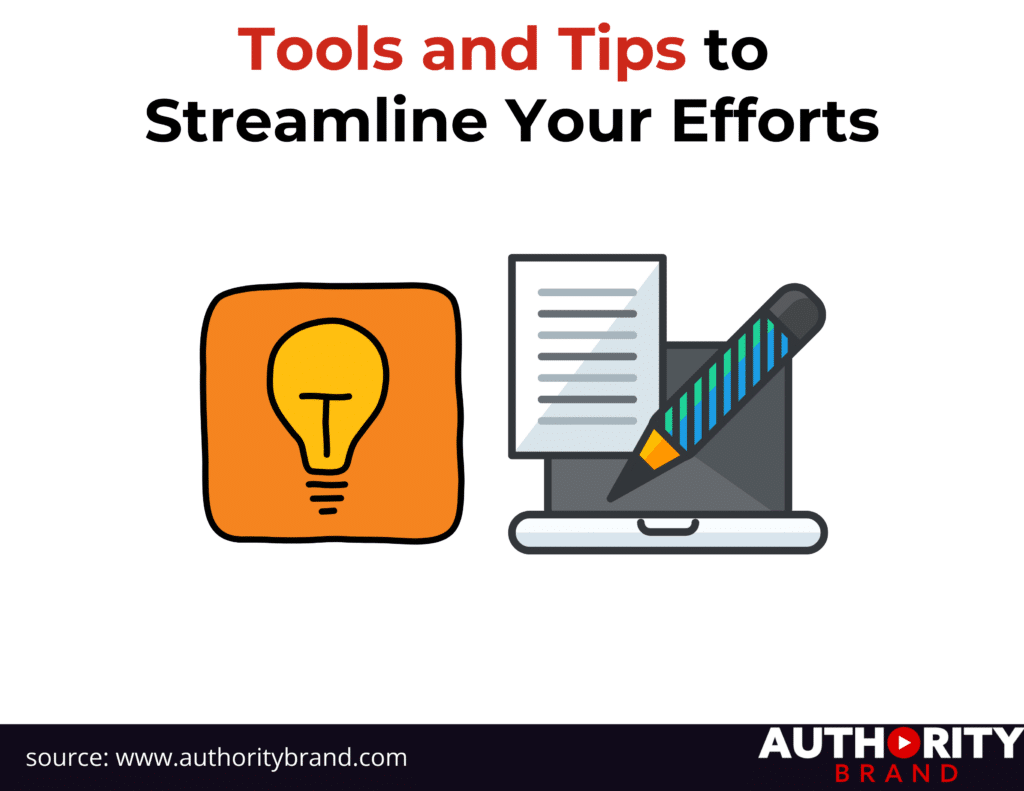Are you making the most of the social media boom? If you want to take your brand to the next level, social media marketing is no longer a luxury but a necessity. But where do you begin, and how do you ensure that your efforts result in actual business outcomes?
The way consumers discover, research, and purchase from brands has undergone a massive transformation thanks to social media. With roughly half the world’s population, about 4.62 billion people, using these platforms presents an excellent opportunity to directly engage with your audience.
However, a casual approach won’t cut it. To effectively leverage social media marketing, you need a carefully crafted strategy that aligns with specific business objectives. This enables you to systematically expand your online presence, create messaging that resonates with your target audience, and allocate resources and funds effectively across various platforms. So, it’s time to get strategic if you want to make the most of social media!
Key Takeaways
- Social media is an indispensable marketing channel, enabling brands to engage audiences, drive website traffic, boost brand awareness, generate leads, and increase sales.
- An effective social media strategy starts with measurable goals tied to business objectives, deep audience research, content optimized for social sharing, and analytics-driven refinement.
- Consistent posting of valuable, visually compelling updates allows you to organically build a follower base and convert social media fans into customers.

Setting Measurable Goals Aligned to Your Business
The first step in integrating social media into your marketing strategy is identifying specific, measurable goals these efforts will help you achieve. Having clear objectives is critical to measuring performance and ROI.
Potential social media goals could include:
- Increasing website traffic
- Boosting brand awareness
- Growing your follower base by X%
- Generating more leads
- Improving customer satisfaction metrics
- Driving sales of a new product
Goals should tie directly to your high-level business objectives and help quantify the value of your social media presence. Rather than general awareness or vague engagement metrics, identify how social efforts will impact lead volume, traffic to crucial site pages, and product or service sales.
Tools like Google Analytics, UTMs, and Facebook/Instagram Pixel allow you to track conversions from social campaigns to eventual customer acquisition. This proves the ROI of your efforts and helps continuously optimize strategy.

Researching Your Target Audience In-Depth
Now that you’ve set goals, it’s crucial to identify and research your target buyer personas in detail to shape your content and platform choices.
Ask yourself:
- Who are my different customer segments?
- What are their demographics and psychographics?
- Which social platforms and formats do they use?
- What messaging and topics motivate them?
Social media analytics provide helpful demographic and behavioral data to inform your personas. Additional market research through surveys, interviews, and monitoring conversations across social channels will reveal more about audience needs and interests.
Keep refining your customer avatars as you gather more intel from social listening, ad performance, engagement metrics, and other insights. Tailoring content specifically to who you want to reach makes it much more likely your posts hit the mark.

Choosing the Right Platforms and Optimizing Your Profiles
With clearly defined goals and target audience research conducted, you can determine which social media platforms make the most sense for your brand.
While large companies may be able to adopt every network, most brands should carefully evaluate and select just a few priority channels where their audience is highly active. This allows you to focus time and resources on the networks poised to deliver the best return.
Leading platform contenders typically include some mix of Facebook, Instagram, LinkedIn, Twitter, and YouTube. But also consider up-and-coming channels like TikTok and Snapchat if they align well with your audience.
Once you pick platforms, thoroughly optimize profiles to attract your ideal followers:
- Choose recognizable profile pictures and cover images
- Fill out descriptions with keywords fans would search
- Link to your website and other social accounts
- Highlight capabilities like shoppable posts or appointment booking
Also, develop unique content guidelines for each channel that align with platform norms and audience expectations. This helps ensure relevancy as you share updates and engage fans.

Crafting Engaging Social Content Built for Sharing
With your accounts established, it’s time to focus on content. Creative and compelling social posts that educate, entertain, or inspire your audience to click, comment, and share should anchor your efforts.
Evaluate competitors and influencers in your space succeeding on social platforms for inspiration on the type of content and topics to cover. Test their strategies and put your own spin on what resonates.
Share a steady mix of articles, images, videos, and stories based on audience preferences. Seek the optimal blend of original, curated, and repurposed content to populate your editorial calendar.
And don’t simply broadcast content through one-way promotion. Social media is a two-way interaction with followers through likes, comments, shares, tags, and messages. Respond promptly to strengthen relationships.

Tools and Tips to Streamline Your Efforts
Executing a multi-channel social media strategy takes significant effort. These tools and tips help marketers work smarter:
- With social media management tools like Hootsuite, users can easily schedule, plan, and publish content across various social media platforms.
- To simplify your marketing efforts, use a social media content calendar to plan and schedule your updates, ensuring coordinated and effective campaigns.
- Employ productivity hacks like batch creation of posts and repurposing content across channels.
- Set up saved replies and chatbots to handle common social media questions and engagement 24/7.
- Try growth tools like link-in-bio services and clever hashtags to expand your reach and followers.
Streamlining the process maximizes output while saving time spent actually updating channels. This leaves more capacity for engagement, relationship-building, and strategy optimization.
Tracking Performance and Continuously Optimizing
The work doesn’t stop once your accounts are up and running. You must diligently monitor social media analytics to determine what’s moving the needle on your goals and refine your approach accordingly.
Social platforms provide built-in data on followers, impressions, engagement rate, clicks, shares, etc. Review weekly and monthly reports to identify best-performing content and opportunities.
Third-party tools such as Google Analytics and Facebook Pixel can be used to track conversions throughout the customer journey. These tools offer valuable insights into ROI and help identify where to allocate resources.
Your social media marketing strategy should be treated as a dynamic document that evolves continuously based on performance. Leverage what works well while phasing out less effective initiatives. Stay on top of platform algorithm changes, new capabilities, and shifts in audience behavior that impact optimal posting cadence, messaging, and content style.
Continuous optimization ensures your social media efforts align with your target audience’s interests while driving measurable value for your business.
Crafting a Strategic Social Media Presence for Maximum Impact and Engagement
Social media has emerged as the primary means for businesses to engage with their audience in today’s digital age. But more than simply having a presence on social media is required. Crafting a social media strategy that aligns with your business objectives is crucial.
Setting measurable goals, researching your target audience, choosing the right platforms, and creating captivating social content designed to be shared are essential steps. By implementing these strategies, businesses can expand their online presence, create messaging that resonates with their audience, and allocate resources effectively across different platforms.
So, if you want to stay ahead of the curve and stand out on social media, it’s time to get creative and put your best foot forward.
Frequently Asked Questions
Q: How much should I budget for social media marketing?
A: Industry benchmarks range from dedicating 5-15% of the total marketing budget to social efforts for SMBs/SMEs to up to nearly 25% for some consumer product companies. Gauge what makes sense for driving your goals, then track ROI and adjust as needed.
Q: Should I hire a social media manager to implement my strategy?
A: If you lack bandwidth on staff or lack in-house expertise, working with a freelance social media manager or digital agency has definite benefits. Evaluate whether outsourcing execution or getting guidance developing your plan offers the most value.
Q: What if I don’t need to see the results I want from social media marketing?
A: Patience and persistence are key. It takes time to organically build a follower base, dial ineffective content, and convert social media activity into sales. Stick with the fundamental best practices focusing on audience-tailored content and engagement. Assess after 6-12 months for a more accurate view of the capability to drive goals.
Q: How often should I post on social media?
A: It varies based on audience size, industry norms, and campaign objectives. But 1-2 times per day for Facebook/Twitter and 1-3 times per week for Instagram/LinkedIn are reasonable starting points. Analyze your engagement data, then optimize frequency and cadence.
Q: Should I use the same content across all my social channels?
A: While you want your overall brand identity to feel cohesive, avoid blasting identical content across every channel. Tailor social posts to play to the strengths of each platform. Share natively-formatted updates like Instagram Reels or Twitter threads to match audience consumption preferences.
Unlock Your Full Potential with Authority Brand: Your Path to Industry Leadership
Hey there! Are you ready to take your business to the next level and stand out? Look no further! Authority Brand is here to help you grow your brand. We are committed to helping you dominate your market and become the leading authority in your field using our proven strategies and innovative approach. Discover how our customizable services can meet your needs. Our team of experts is ready to work closely with you and provide valuable guidance and support at every step. Take advantage of this opportunity to establish yourself as a leader in your industry. Remember, establishing authority is not just about status but about the impact you can make. Contact us today and let Authority Brand be your trusted guide.







